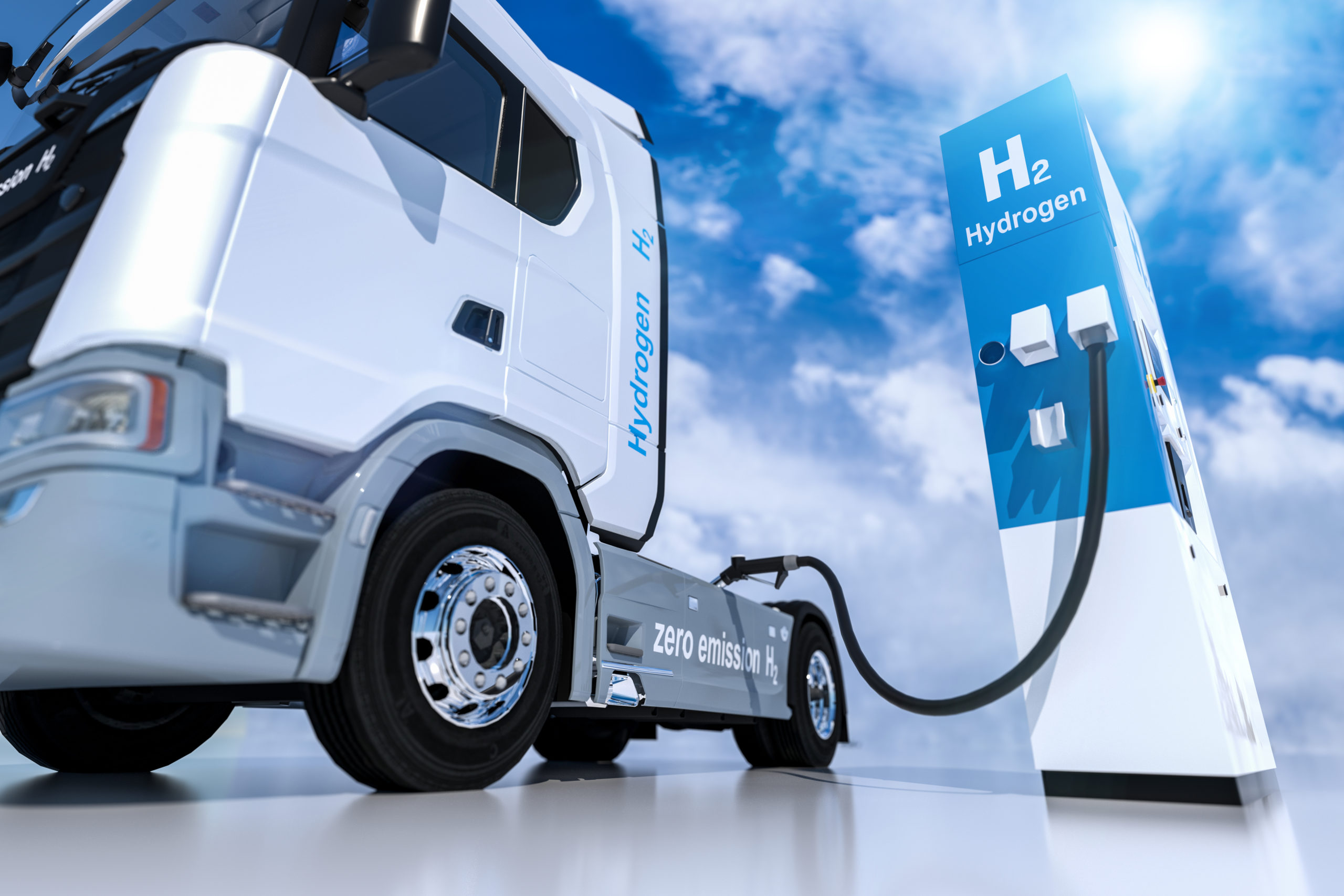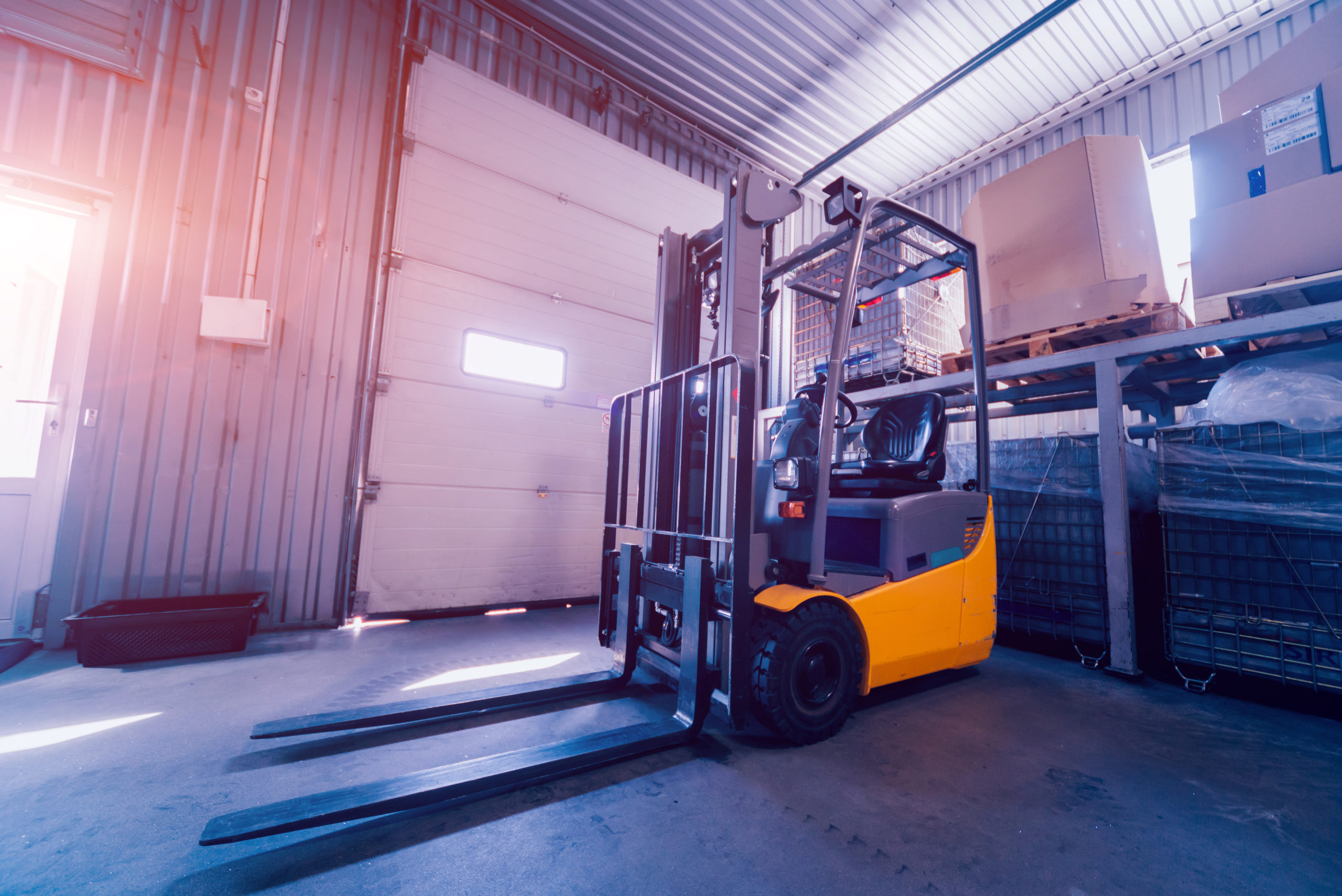Both Electric Vehicles (EVs) and Fuel Cell Technologies Are Key to Achieving Global Zero Emission Goals
Overview
As global Zero Emissions Day approaches on September 21, 2021, it is a good opportunity to look at how these two key technologies in the automotive and transportation sector will contribute to the achievement of Zero Emissions goals. Too often, people tend to view Battery Electric Vehicles (BEVs) and Hydrogen Fuel Cell EVs as either/or propositions. However, the truth is these are complementary technologies that will both play important roles in realizing Zero Emissions.
Here’s a Quick Overview of Battery EVs and Fuel Cell EVs:
Electric Vehicles:
EVs can be categorized into four types:
- Battery Electric Vehicles (BEVs) that use only electric power and are recharged by plugging them into a charging source
- Hybrid Electric Vehicles (HEVs) that combine a start/stop electric motor to get the vehicle moving with an Internal Combustion Engine (ICE) for higher speed operation. In HEVs, the electric motor battery is recharged by the movement of the vehicle.
- Plug-in Hybrid Electric Vehicles (PHEVs) that are similar to HEVs with the added ability to charge the electric motor battery via a plug-in.
- Fuel Cell Electric Vehicles (FCEVs) – will be discussed in the next section.
The first three EVs above all use batteries to drive the electric motors and how the batteries are recharged has a significant impact on the vehicles’ driving range.
While HEVs continually recharge the onboard battery while in motion while relying on the ICE using conventional gasoline for delivering extended range, this dependence on fossil fuel ICEs limits the ability of HEVs alone to achieve Zero Emissions. PHEVs provide some flexibility by enabling the external charging of the batteries, but they still have an ICE used for some operation, thereby also not fully eliminating emissions.
On the other hand, all-electric BEVs only have electric motors with onboard batteries that are charged by external charging sources. Therefore, BEVs have great potential to help achieve Zero Emission goals, however, one of the primary drawbacks to full widespread adoption is the limitation of a BEV’s driving range due to depletion of the battery charge. Although battery technology keeps improving, today’s BEVs are typically limited to driving ranges of 150 to 300 miles because of practical size and weight limitation as to how big of a battery array can be accommodated in a passenger vehicle.
Hydrogen Fuel Cells:
Fuel cell electric vehicles (FCEVs) combine hydrogen stored in an onboard tank with oxygen from the air to produce electricity, with water vapor as the only by-product. The most common type of fuel cell for vehicle applications is the polymer electrolyte membrane (PEM) fuel cell. The electricity from the fuel cell is then used to power the vehicle’s electric motor. Refueling is fast and simple if there are available hydrogen refueling stations.
Tradeoffs of BEVs and Fuel Cell EVs:
Both technologies offer a cleaner alternative to internal combustion engines, and both use electric motors to achieve that goal. But the difference is BEV electric vehicles use energy stored in a battery, whereas FCEV fuel cell vehicles use stored fuel (hydrogen) that reacts to produce energy.
Driving Range: As discussed, BEVs have significant driving range constraints due to limits on the size of the battery that can be accommodated onboard the vehicle. BEVs also are limited by the amount of time it takes to recharge the onboard battery. In contrast, FCEVs can be refueled with hydrogen in much the same manner that today’s ICE-powered cars are quickly refueled with gasoline.
Recharging/Refueling Infrastructures: At present, BEVs have the edge in recharging because of significant ongoing investment by governments and EV manufacturers that is already helping to build networks of recharging stations. BEVs also are typically recharged via the owners’ home electrical system, with an overnight charge routinely bringing the battery to full capacity. On the other hand, there currently is virtually no widespread infrastructure of hydrogen refueling stations for FCEVs. This severely limits FCEV consumer adoption, especially outside of a few urban environments that have focused on developing hydrogen refueling options.
Complementary Applications for BEVs and Fuel Cell EVs:
Given the differences between BEVs and FCEVs and the inherent advantages of each, real-world applications are beginning to sort out into different sectors that can most benefit from one or the other. Here are some examples.
- Localized Commercial Transportation with Fuel Cell Technology – a growing number of jurisdictions such as transit authorities, school districts, delivery services, and others are turning to fuel cell-powered buses, trucks, and vans. They achieve all the clean advantages of fuel cells but are not hampered by the lack of hydrogen refueling stations because all the vehicles return to a central location for refueling at the end of each shift.
- Large Transport Vehicles – fuel cells are also considered a viable solution for many large transport applications such as trains, barges and some trucking applications where the vehicle can carry sufficient hydrogen fuel onboard to avoid the need for frequent refueling stations along the routes being traveled.
- Warehouse Vehicles – one area that is already seeing significant growth in fuel cell usage is for forklift uses in localized settings such as warehouses. Using localized fueling stations, many companies have found significant time and cost savings. For example, charging forklift batteries requires 15 minutes per shift as compared to 2 minutes for hydrogen refueling and avoids the power degradation that is seen with batteries during the second half of each charge cycle. There are currently over 35,000 fuel cell forklifts in use in the U.S.
- Use Battery EVs for Most Consumer Automotive Requirements – with the rapidly growing adoption of EVs for personal transportation needs, combined with the expansion of charging station infrastructures, it is anticipated that BEVs will be the primary consumer choice, at least over the near term.



Considerations Regarding the Sources of Electricity or Hydrogen:
From a Zero Emissions perspective, it is also important to consider how the “feedstock” sources of electricity and hydrogen are being managed and to access the carbon impacts of these upstream sources.
For example, even the most efficient Battery Electric Vehicle cannot claim to achieve Zero Emissions if the electricity it is using was produced by conventional coal-fired generators. Similarly with fuel cells, if the hydrogen is produced using electrolysis processes that emit carbon, then the FCEV using it is not truly Zero Emissions. Therefore, in the long run, both BEVs and FCEVs will depend on upstream processes that use clean, renewable sources.
Summary:
In the final analysis, both Battery Electric Vehicles and Fuel Cells will likely play key, complementary roles in the achievement of global Zero Emissions goals. Along the way, it will be critical to continue developing a full range of enabling technologies and to take a holistic approach to the intelligent deployment of EVs and FCEVs in specific applications where they can have the most impact.
As an innovator and trusted supplier to the automotive, transportation and energy industries, Interplex has played a key role in developing underlying technologies including efficient batteries, motors, power distribution systems, fuel cell components, and advanced assembly processes.
As a highly committed, global participant in the efforts to achieve Zero Emissions goals, Interplex is also playing a forward-looking role to help industry partners and the general public to understand the stakes, tradeoffs, and opportunities that exist across the whole spectrum of advanced non-polluting solutions.
For more information about solutions for next-gen EVs and Fuel Cells, drop us an email at communications@interplex.com.




